Blanket, Texas, Brown County. (original) (raw)
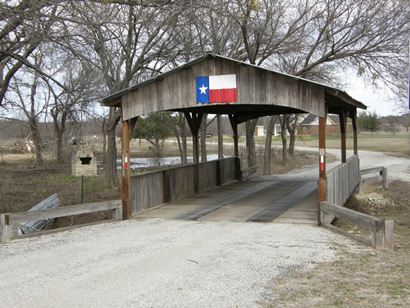
Covered Bridge - SW of Blanket, visible from US 67
Photo courtesy Barclay Gibson, February 2010
History in a Pecan Shell
The simple and (slightly) colorful account of the name comes from 1852. Blanket Creek was supposedly named by surveyors who happened upon some Tonkawa Indians. The account says the Indians had been caught in a storm and had spread their blankets over bushes for protection. It's entirely possible that they were simply drying their laundry - that's the trouble with historians - they usually feel a need to include dramatic elements like storms.
As a community took shape on the banks of Blanket Creek, the name was kept. A post office was established in 1875 in the existing store of one Pinkney Anderson.
In 1891 the Fort Worth and Rio Grande Railroad extended its tracks from Comanche to Brownwood and Blanket left the creek banks to move to the rails.
In 1904 Blanket had a population of 304 which swelled to 472 by 1929. During the Great Depression the population leveled off at 300 - a figure it kept until the 1970s. Growth has been at a snail's pace, but the town is happy to be adding people rather than subtracting like most towns its size.
Photogapher's Note:
"Another great small Texas town to visit." -
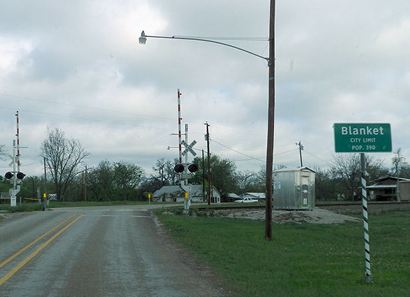
Blanket City Limit - Pop. 390
Photo courtesy Barclay Gibson, April 2015
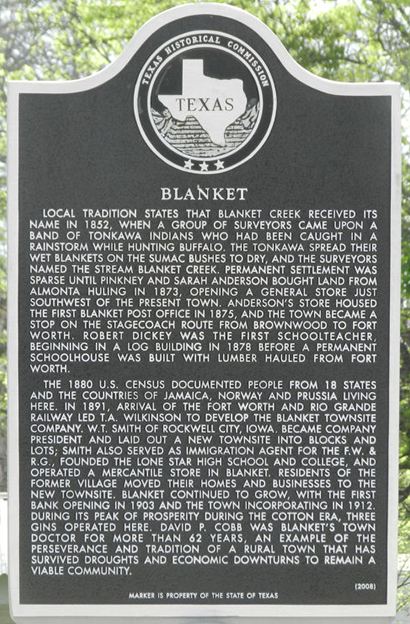
Historical Marker:
BLANKET
Local tradition states that Blanket Creek received its name in 1852, when a group of surveyors came upon a band of Tonkawa Indians who had been caught in a rainstorm while hunting buffalo. The Tonkawa spread their wet blankets on the sumac bushes to dry, and the surveyors named the stream Blanket Creek. Permanent settlement was sparse until Pinkney and Sarah Anderson bought land from Almonta Huling in 1873, opening a general store just southwest of the present town. Anderson�s store housed the first Blanket post office in 1875, and the town became a stop on the stagecoach route from Brownwood to Fort Worth. Robert Dickey was the first schoolteacher, beginning in a log building in 1878 before a permanent schoolhouse was built with lumber hauled from Fort Worth.
The 1880 U.S. census documented people from 18 states and the countries of Jamaica, Norway and Prussia living here. In 1891, arrival of the Fort Worth and Rio Grande Railway led T.A. Wilkinson to develop the Blanket townsite company. W.T. Smith of Rockwell City, Iowa, became company president and laid out a new townsite into blocks and lots; Smith also served as immigration agent for the F.W. & R.G., founded the Lone Star High School and College, and operated a mercantile store in Blanket. Residents of the former village moved their homes and businesses to the new townsite. Blanket continued to grow, with the first bank opening in 1903 and the town incorporating in 1912. During its peak of prosperity during the cotton era, three gins operated here. David P. Cobb was Blanket�s town doctor for more than 62 years, an example of the perseverance and tradition of a rural town that has survived droughts and economic downturns to remain a viable community.
(2008)

September 2003 Photo
Courtesy Teri Brown historictexas.net

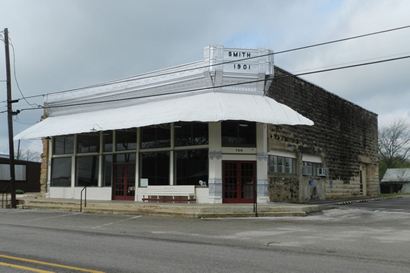
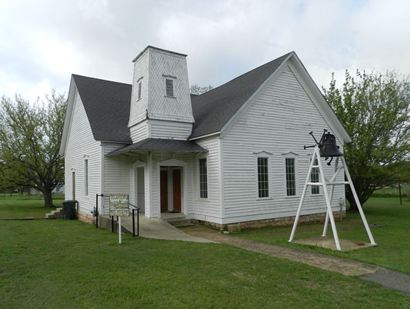
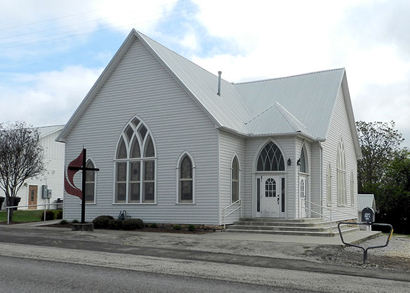
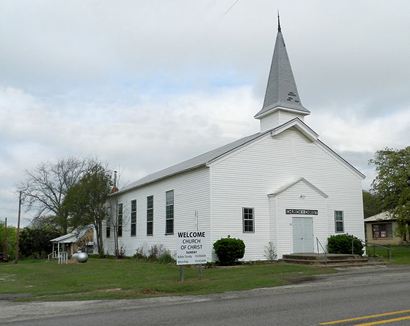

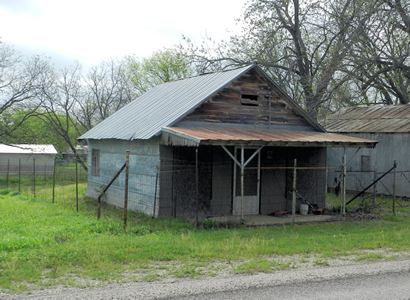
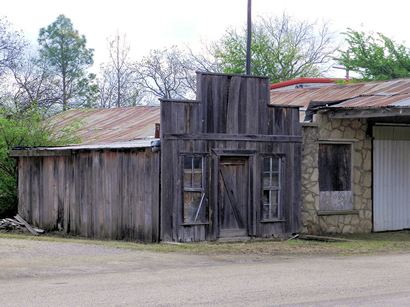

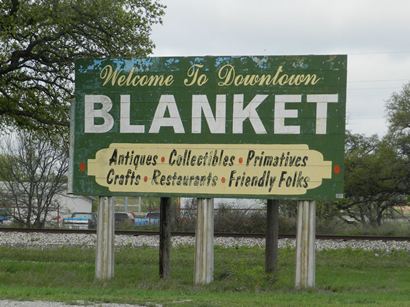
FAMOUS SON
Harold Osman Kelly
Blanket's most famous resident was painter Harold Osman Kelly, who moved from the Panhandle (near Dalhart) to Blanket in 1939. Having been a shepherd, cowboy, sharecropper, and occasional rodeo rider, he had a wealth of experience to paint from. His talent for sketching was developed at an early age and he once illustrated his favorite Charles Dicken's book, The Pickwick Papers. ... more
Texas Escapes, in its purpose to preserve historic, endangered and vanishing Texas, asks that anyone wishing to share their local history, stories, landmarks and recent or vintage photos, please contact us.